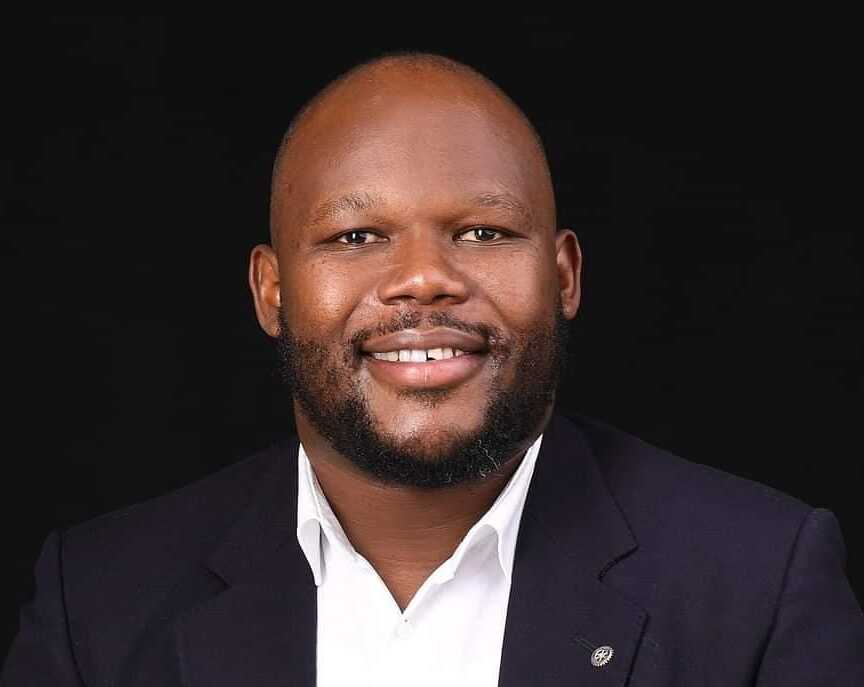
Authors: Desta Lakew, Group Director, Partnerships and External Affairs, Amref Health Africa; and Alvin Tofler Munyasia, AGNES Climate Fellow
African nations are at a crossroads, facing unsustainable debt burdens, high climate adaptation and development needs, and at the centre of these, a cry from young people who are impatient for change and, increasingly, letting their leaders know it.
In Kenya, Nigeria and Uganda protesters took to the streets earlier this year in revolt against measures taken to service foreign debt while leaving nothing for development. Across the continent, citizens are demanding better leadership, governance and accountability in the face of rising poverty, unemployment and food insecurity, all of which are exacerbated by, among other things, climate change and its effects on health.
At the Twelfth Conference on Climate Change and Development in Africa, demands for climate justice centred on sustainable financing, with delegates calling for providers of development finance to offer Africa grants instead of loans–even ones with little or no interest–to address the impacts of climate change.
It’s estimated that the continent requires $50 billion in annual investment to meet its adaptation needs. However, only $11 billion is received on average each year. African governments and their development finance partners should focus on increasing the flow of grants and highly concessional finance while also exploring innovative models, as appropriate, such as carbon markets/pricing; performance-linked bonds; debt-for-adaptation swaps; new insurance products; and climate risk-related guarantees.
Publicly sourcing climate finance in the form of grants that don’t add to countries’ unsustainable debt is a crucial first step to ensure equitable support for vulnerable communities. But it cannot be the only step. As asserted in the Nairobi Declaration on Climate Change and Call to Action: “The scale of financing required to unlock Africa’s green growth is beyond the borrowing capacity of national balance sheets.” The problem is simply too large, and the window to make a difference too small, to wait for someone else to do right by Africa.
We must think differently if we are to close that gap. To create a financing framework that pairs financial resources to specific development challenges, we need coordinated action at a global scale and a localized approach to understand the nuances between the needs of individual countries.
Here are four calls to action we should make to donor countries and International Financial Institutions:
Increase grant-based financing – Since 2008, Africa’s public and publicly guaranteed debt has ballooned. In 2022, external debt topped $1 trillion and the median external debt for countries had doubled to nearly 50 percent of GDP. Today, more than half the countries in sub-Saharan Africa are facing unsustainable debt burdens, spending more on servicing debt than to resourcing key social sectors.
Thinking differently includes increasing public, grant-based financing, but doing so in a way that targets those countries most in need, particularly those facing debt distress and those that are ineligible for loans due to their debt levels.
Increase concessional financing – For low-and low-middle-income countries with limited public resources and access to capital, increasing concessional financing is essential. This is particularly so for countries with vibrant private sectors that make them better positioned to manage concessional loans.
It’s estimated that between 20 and 30 African countries have the potential to address their debt challenges if provided with temporary liquidity support. Increasing concessional financing can jumpstart growth, help prevent insolvency and create more fiscal space to finance climate adaptation efforts.
Develop strategic, transparent, and actionable national growth plans – African countries must be transparent in their use of concessional finance or grants and prioritize investments using a clear methodology. Few African states have been forthcoming in developing their Health National Adaptation Plans for example, which would better position them to receive financing targeted at protecting their populations’ health from climate change through health adaptation planning. Country-led growth plans anchored on a return-on-investment analysis model can help nations negotiate better terms with private creditors by demonstrating their investments to spur development while maintaining fiscal discipline.
Engage in debt relief – Providing debt relief to create fiscal space is a contentious approach. For countries that face liquidity problems but have the potential to claw themselves out of debt with access to financing at reasonable rates, there are different forms of relief that stop short of writing off past debts. Forward-looking lending programs that promote growth, improved coordination between financial institutions, support for bilateral lenders to restructure debt, and resetting private creditors’ borrowing terms to reasonable levels are some solutions that may be applied under a public-private-philanthropic-partnership approach to mobilising climate finance.
Climate change is a global problem that will require a global solution with local interests at its heart. At less than 4%, Africa’s contribution to the climate change crisis is minimal, but it is where the battle will be won, or lost, for all of us. It’s time for the rest of the world to acknowledge and invest in the continent’s climate action efforts. African leaders must also listen to the voices of the youth and prioritise collective action. Our future depends on it.
